Discovering the largest hole in the world at the bottom of the ocean
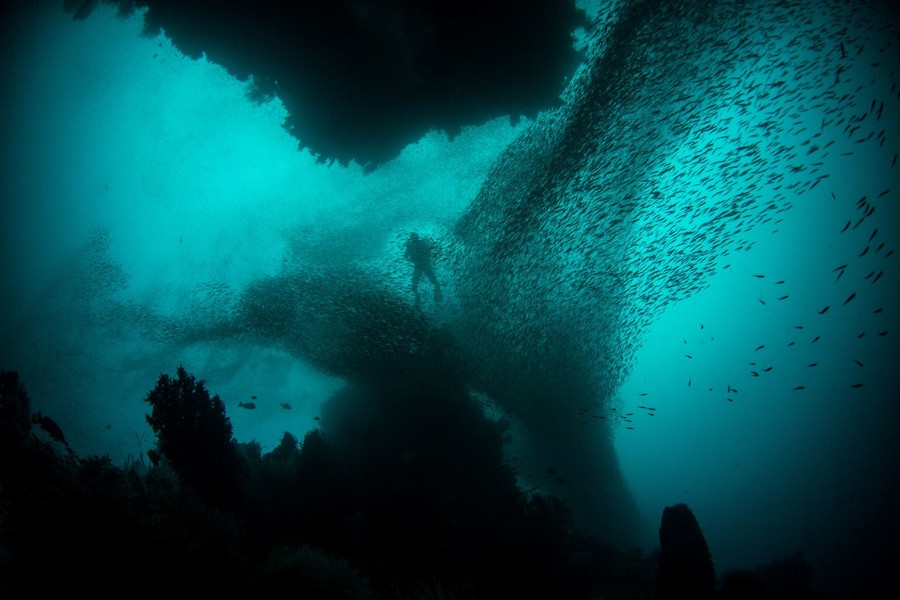
Discovery of the world's largest hole in the ocean floor - Image from Unsplash
Scientists have been able to find the deepest impact crater in the world, located deep in the ocean floor off the Australian coast.
The largest impact structure in the world
In a new study on the structure located off the coast of New South Wales, Australia, experts Andrew Felixon and Tony Yates said that they believe that the crater called the Deniliquin structure is the largest impact structure in the world.
The study stated that the width of the crater extends over about 323 miles, making it 100 miles larger than the structure, which was previously considered the largest in the world. Previously, the 186-mile-wide Vredefort impact structure, in South Africa, was the largest in the world.
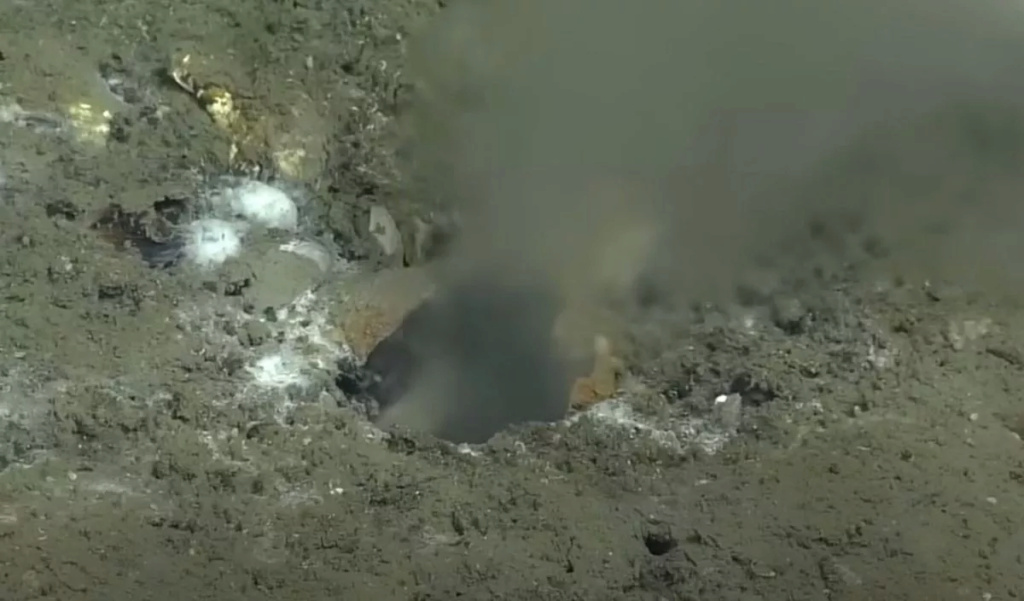
The structure formed about 445 million years ago during a period known as the Late Ordovician, scientists estimate.
Discovering structures
The study claimed that discovering structures of this type is difficult, due to erosion and the concealment of deep water, according to the British newspaper “Daily Star”.
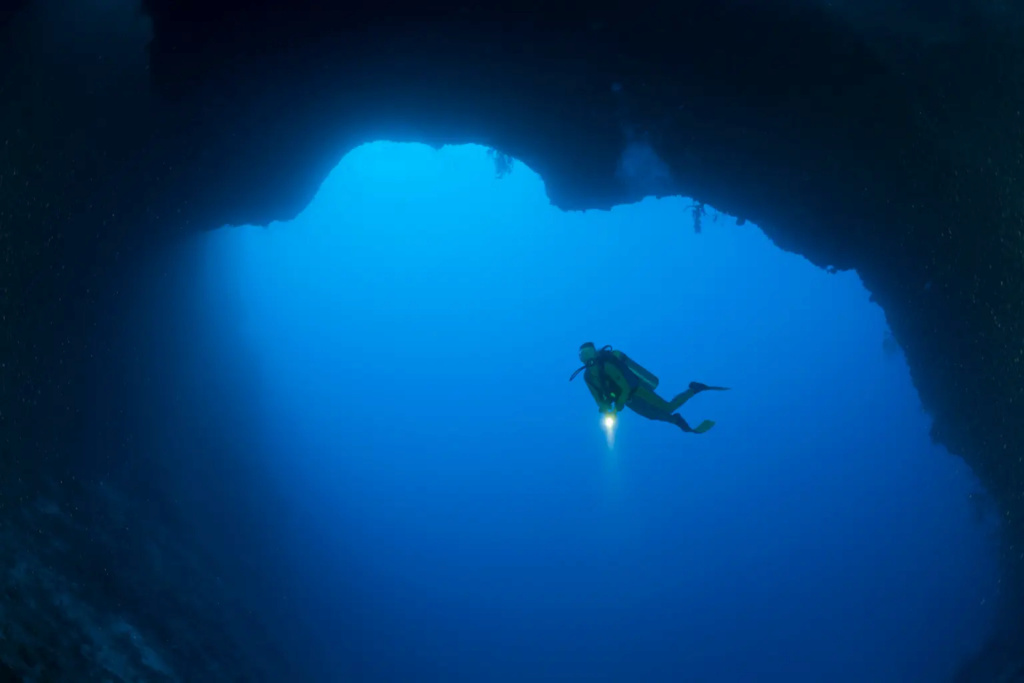
Detailed maps have been made to suggest where the asteroid might hit Earth, and scientists are using geological discoveries to improve their understanding of the phenomenon. This includes finding examples of ejecta, which is material that separates from Earth when a space rock collides, and can end up far from the impact site.
Entrance to hell
It is worth noting that the deepest artificial hole on Earth was called “The Entrance to Hell,” after miners dug 40,000 feet below the surface of the Earth.
The most terrifying holes deep in the ground
On Earth there is a large group of frightening holes that some may sometimes describe as “gates of hell,” some of which hide mysteries that have not yet been solved. Among these frightening places are:
- Kola Well: The depths of this artificial hole extend to about 12,262 meters deep in the ground, but it is covered with a rusty metal cover. The hole known as the Kola Superdeep Borehole was created by the Soviets as part of a scientific project to explore the Earth’s crust and be able to learn more about what... It lies beneath our feet, requiring digging to unknown depths.
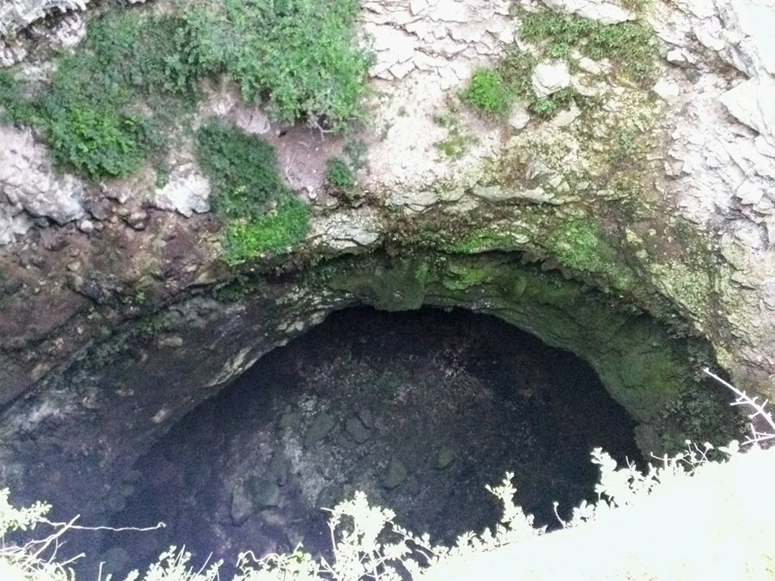
The diameter of the Kula Hole is 23 cm, and it is covered with a metal lid, so it is unlikely that anyone would fall into it. However, local residents say that the hole is so deep that it may “allow the screams of people suffering in hell to be heard,” which prompted them to assign the nickname “The Well.” Hell on her.
- Hell's Gate: It is another Soviet experiment known as the "Darvaza Gas Pit." Also known as the “Gate of Hell” or “The Pit of Hell”, it is one of the most strange places on Earth, located in the Karakum Desert in Turkmenistan.
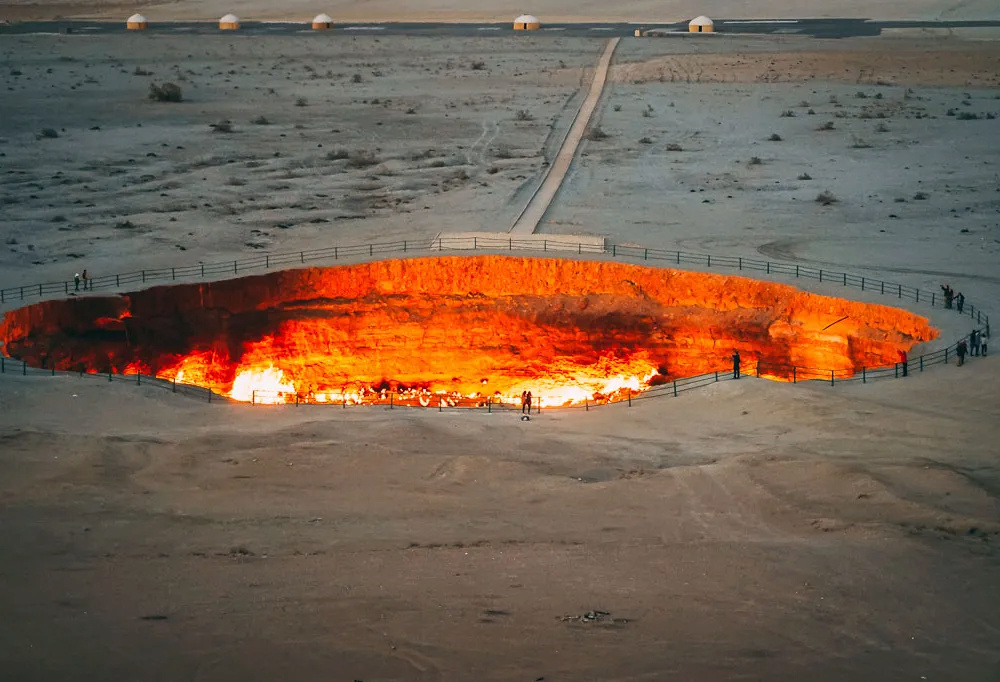
The crater has been burning without interruption since 1971, which has baffled scientists. Its diameter is 70 meters and its depth is 98 metres. The crater gained the name “Gate of Hell” from local residents, and it is a mixture of boiling mud and huge orange flames.
The crater was created when a natural gas excavator fell while working in the area in 1971 during the era of the former Soviet Union. To prevent methane gas from leaking from the crater and harming the environment and living organisms, scientists decided to set fire to it in the hope that the fire would consume the gas within a few days, but the fire did not stop. For more than four decades.
- The Devil's Sinkhole: The Devil's Sinkhole is known as a huge vertical cave that reaches a height of 400 feet from an opening 50 feet long, and is located in the state of Texas in the United States.

This cave is a deep hole formed by a collapse in the surface layer of the earth, usually resulting from underground erosion. This place is also excavated due to water erosion over thousands of years. The exact date of the appearance of the Devil’s Sink is still unknown to scientists yet, but Artifacts were found inside the cave dating back to between 4000 to 2500 BC.
The crater is also home to more than three million bats throughout the summer, which scream eerily from the depths at sunset.
Source: websites

